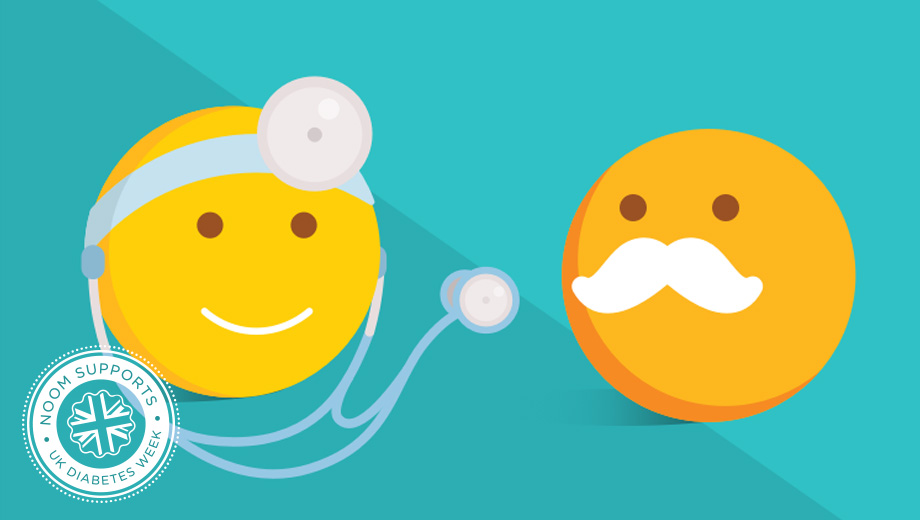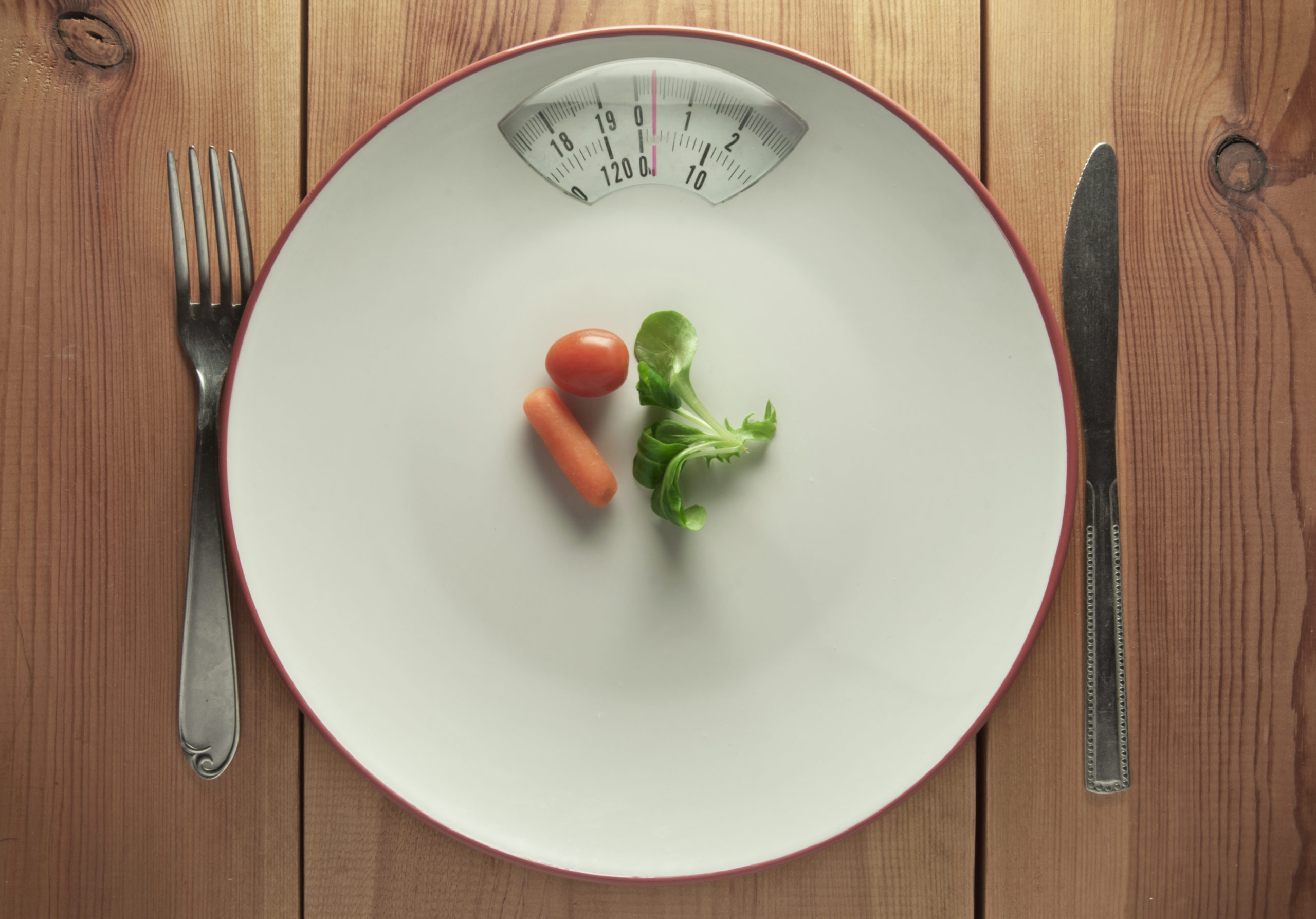If you’re one of the millions of Americans diagnosed with diabetes or pre-diabetes, you probably know how important long-term habit change is to managing your health. And you probably also know how challenging that process can be!
Here’s the good news, though. Other than needing to pay close attention to a few key food groups like carbohydrates, a diabetes diet plan is mostly just a universally healthy diet for nearly everyone – the kind that, with the right information and support, you can sustain over a lifetime for better overall health.
This is what Noom is all about: cutting out the noise of fad and extreme diets and focusing on what really matters to help people make sustainable change in their lives. (Noom was the first fully mobile diabetes prevention program recognized by the Centers for Disease Control and Prevention).
First, let’s talk nutrition basics to manage blood sugar and weight.
The Plate Method
In general, the guiding principles for a diabetes-conscious diet are the same ones everyone should follow for better health: eating moderate amounts of healthy foods. That means lots of veggies, fruits, whole grains, and lean proteins, and minimizing added fats, sugars and sodium.
One of the most popular methods for diabetic meal planning is called “the plate method,” and it’s recommended by both the American Diabetes Association and the CDC. Using a standard 9-inch dinner plate as a visual guide, you simply divide it into sections for different types of food to ensure you’re eating a well-balanced meal.
Fill up half your plate at every meal with non-starchy vegetables. Think salad greens, tomatoes, eggplants, carrots, cauliflower, etc. Starchy veggies that don’t qualify here include potatoes, peas and corn. The idea is to fill up on nutrient-dense plant foods with lots of fiber, vitamins and minerals, and minimal carbs and calories. Focus on fresh wherever possible. If using frozen or canned varieties, look for preparations with less sodium and fat.
Now draw an imaginary line through the remaining half of your dinner plate. Into one of those smaller sections goes a starchy food or grain: sweet potatoes, whole wheat bread, pasta, a tasty rice or grain blend, etc. Starchy foods can have some of the greatest impact on blood sugar levels, so keeping portions of these foods to a reasonable amount is key.
The other small section is for protein – tofu, beans or other plant protein, fish, lean beef, chicken, etc.
Obviously, many prepared dishes combine these different elements – soups or stews or sandwiches, for example. But even if you don’t use it for every meal, the plate method offers a sound visual guide to prioritize different elements of nutrition in your diet. It can also help guide you in controlling portion sizes in each food category.
Dining Out with Diabetes
Restaurants can pose a challenge for anyone trying to control what they eat. But as more people take an interest in healthier eating, most restaurants now offer at least some healthier options, and often mark them on the menu. Plus, servers are getting more accustomed to answering questions about ingredients and nutrition.
Establishing regular meal times is another important part of diabetes prevention or management, and weight management in general, and it can help you avoid feeling hungry and vulnerable – even if you end up in a less-than-ideal lunch location with co-workers. Plus, eating at regular intervals during the day means that your blood sugar levels are more likely to remain stable, rather than spiking and falling throughout the day.
Here are a few other tips for eating well when eating out:
- Make portion control easier by asking a server to box up half an entrée for you before serving the other half, or ask a fellow diner to split a dish.
- Ask for salad dressings and sauces on the side and use in moderation.
- Opt for grilled, broiled, or steamed proteins over fried.
- Choose soups with clear broth over creamy ones.
- Don’t be shy about asking for guidance and accommodation. Most restaurants are getting used to helping diners find the right choices for their dietary needs.
Sustaining Change: What Most Diet Plans Miss
Okay, you know what to eat to control your blood sugar and your weight. Most diabetes diet plans stop there. But let’s be honest: that’s the easy part.
Great nutrition information is just the first step. You also need the tools to put that knowledge to work in your real, crazy, everyday life. Managing your blood sugar levels and maintaining a healthy weight means keeping nutrition at the top of your mind, meal after meal, day after day. This is where things can begin to feel overwhelming.
But you’re not alone. The truth is that the psychology involved in motivation – and in habit formation and change – is central to any successful long-term effort to improve your physical health. It’s also why Noom works, and why it’s such a useful tool for people at risk for or currently managing diabetes.
Noom was developed by world-class experts in psychology and motivation. We know that it’s often not lack of nutrition knowledge but rather emotional triggers and negative thought patterns that sabotage progress. So Noom combines technology with real, empathetic human coaches to help you understand and overcome these psychological barriers and achieve sustainable results. A 2016 study in Scientific Reports showed that 77.9% of Noom users lost weight and 60% had kept it off a year later. Learn how Noom can help you achieve lasting behavior changes to manage your diabetes, lose weight and live healthier for good.









